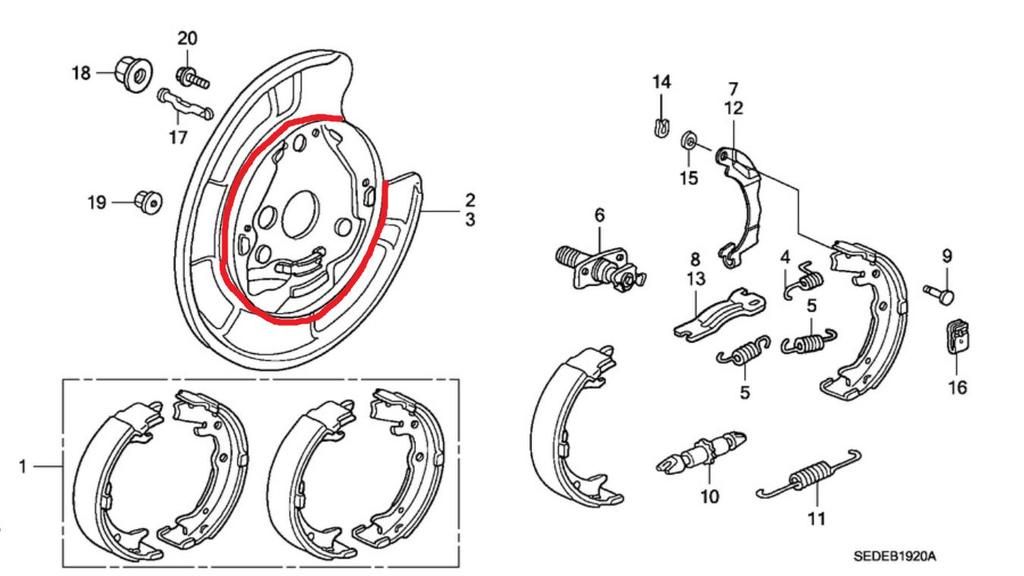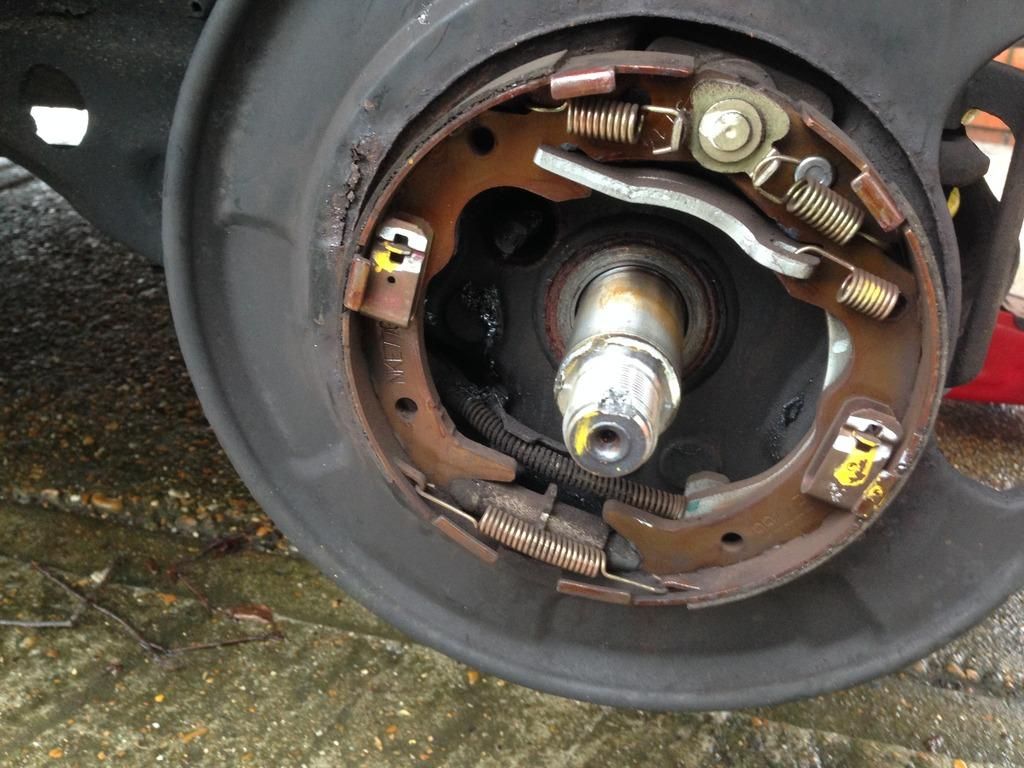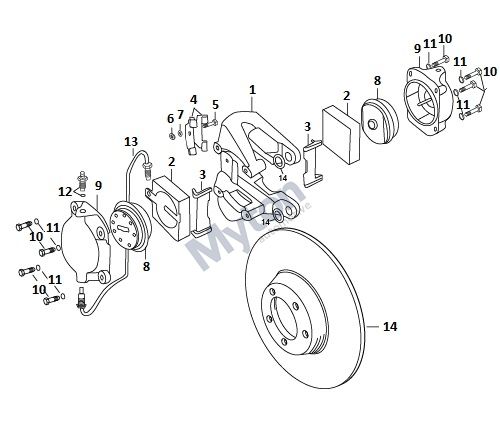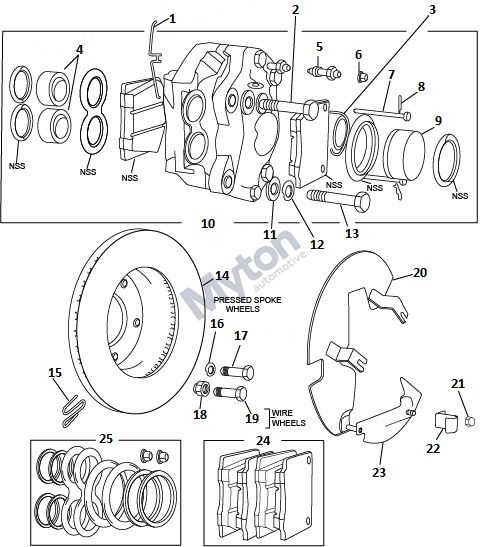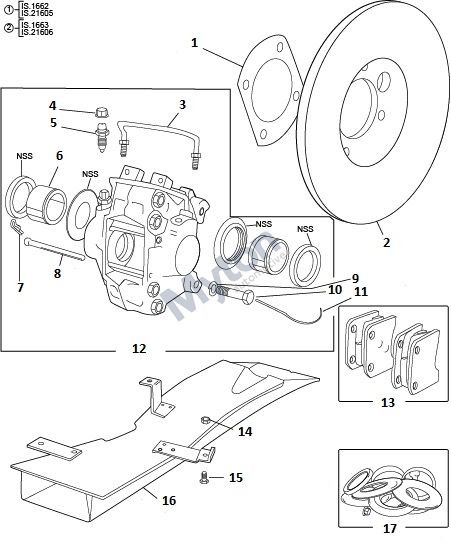freddofrog
won 16.4k on Euro lottery :)
As this will become a factor as cars age, I thought I'd start a discussion on the shields behind brake discs.
- do people worry if the shields are becoming loose
- do people pull the shields off when they become loose or do they replace them
- do people remove the shields anyway to stop stones getting caught between the shield and disc
- why are the shields there in the first place

